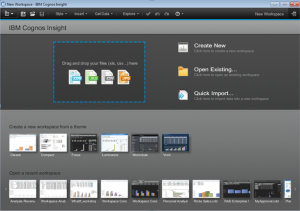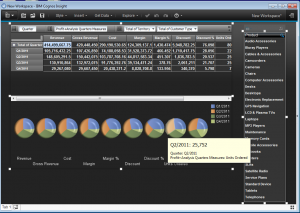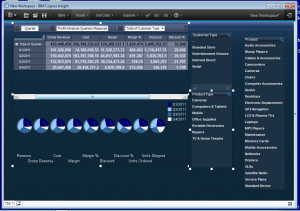IBM Cognos PowerPlay cubes are one of the most widely used OLAP data sources in the IBM Cognos environment. Typically, a PowerCube contains calculated and aggregated data that is organized as dimensions and measures, which can be viewed and analyzed in PowerPlay or Cognos BI (versions 8 or 10). Easy to use and fast access to pre-calculated summary data provides users with the ability to perform quick analysis. Since data stored in an IBM Cognos PowerCube is static, building a PowerCube naturally becomes a repetitive process. Often times cube data is refreshed on a daily, weekly, or monthly basis. Depending on data volume and the number of dimensions and measures in the cube, the build process can sometimes take hours to complete. In order to ensure the most benefit from the cube, having a scheduled and automated cube build is essential.
As many of you know, automated cube building can be easily achieved using Transformer command line options along with a scripting language of your choice. However, prior to the IBM Cognos 8.4 release, deploying the newly refreshed cube file wasn’t an easy process. It relied on an external utility to update your IBM Cognos data source connections to use the newly built cube. Today, I will show you a much easier approach that leverages new features in Transformer 10 to enable automated cube building and deployment with just a few easy steps. Read more




